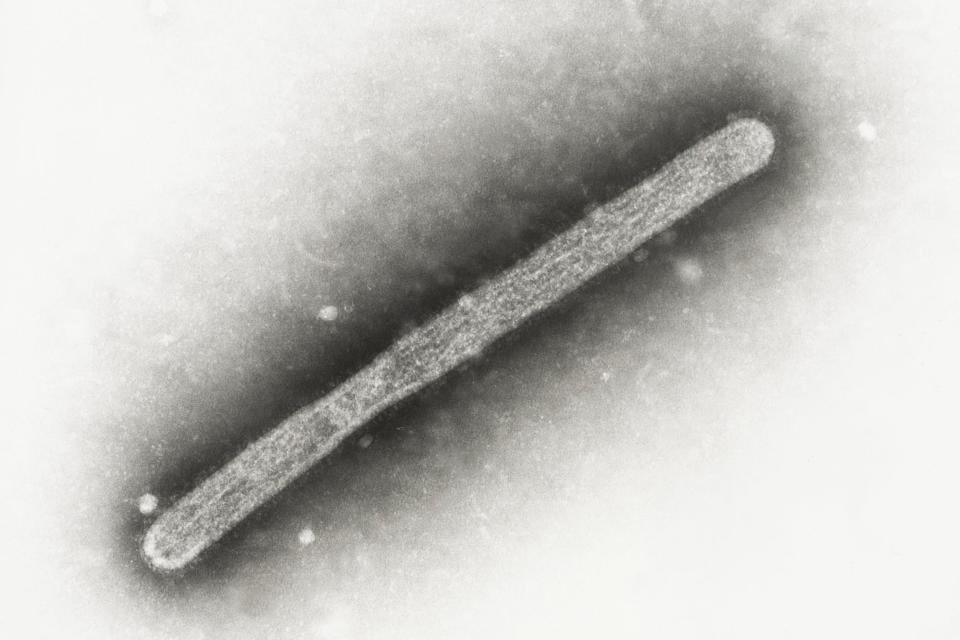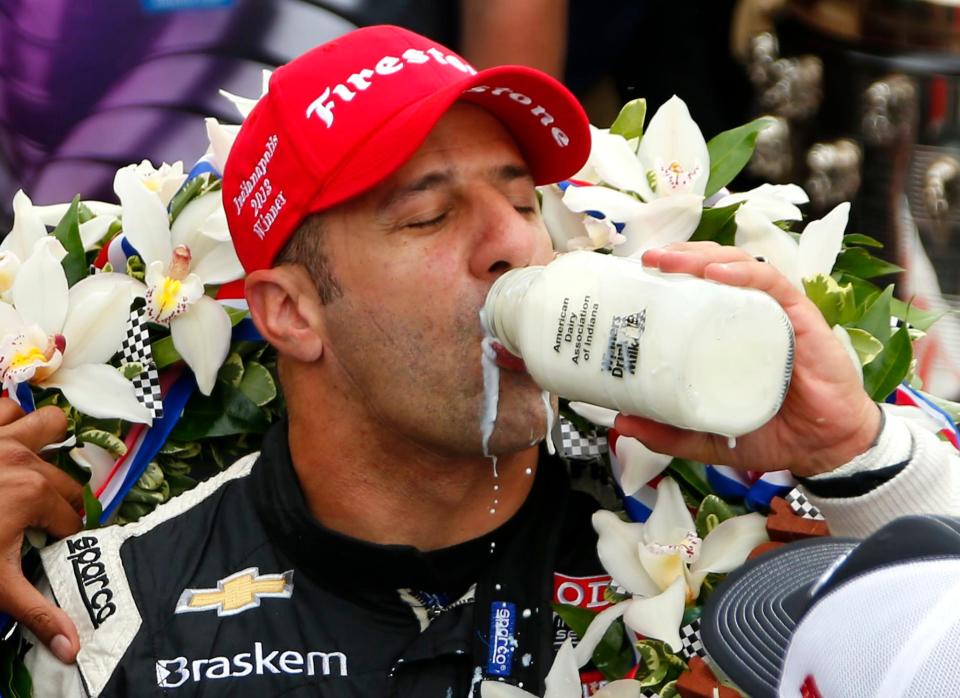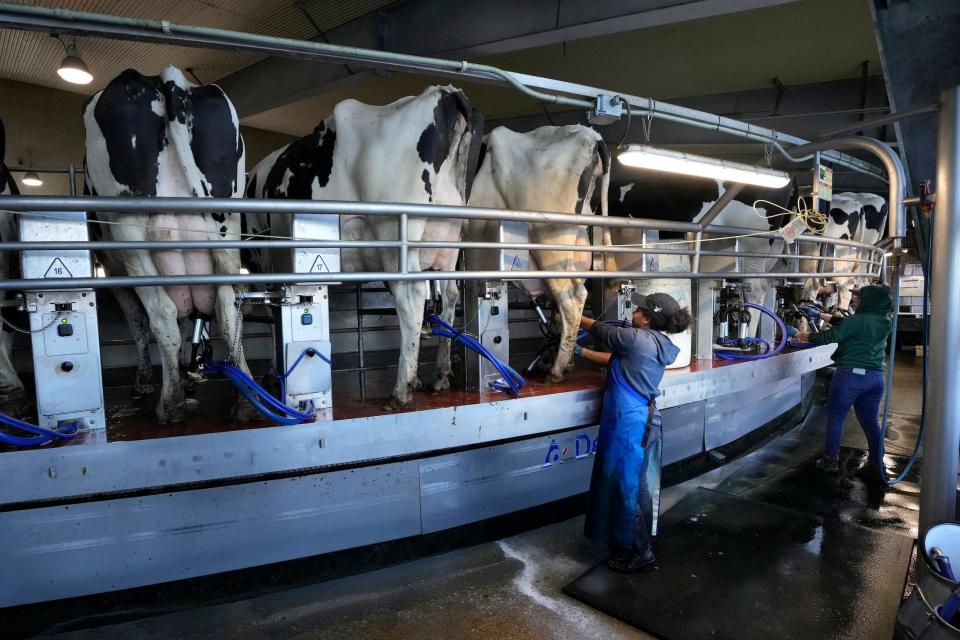A new study suggests a culprit in bird flu's rapid spread through US cattle, and how to stop it
Unpasteurized milk may be spreading the H5N1 bird flu between cows and to humans.
A new study showed the virus can survive in raw milk on milking equipment for over an hour.
Better cleaning of milking equipment and protective gear for workers could limit the virus's spread.
Contaminated milk may be spreading H5N1 bird flu between dairy cattle, contributing to a major outbreak across 12 US states. It may also be how humans are getting infected.
A new study shows the virus can survive for over an hour in raw (unpasteurized) milk left on the surfaces of materials used in equipment for milking dairy cattle.
That's a clue in the mystery of how the virus has spread so rapidly between US dairy cattle, infecting over 130 herds in Idaho, Michigan, Colorado, Texas, and more.
The cattle outbreak has scientists increasingly worried that the H5N1 virus could mutate enough to cause an outbreak in humans. The more the virus spreads through cattle, the more opportunity it has to mutate.

Since April, three farmworkers have tested positive for the virus, but experts have found no evidence of human-to-human spread.
Understanding how the virus spreads between cattle is key to reigning in the outbreak and preventing further human infection.
"We need to know which dairy herds are infected, with what strains of virus, how infection is spread between farms, and how frequently dairy farm workers and other people are exposed," Christopher Dye, an infectious disease expert and professor at the University of Oxford, told Business Insider in an email.
According to the FDA, pasteurized milk purchased at the grocery store remains safe to drink. However, raw milk could be an agent of infection.
How to help stop the spread of H5N1 bird flu

Officials already knew that H5N1 was jumping farm-to-farm through the movement of cows, equipment, and people and that the virus concentrates in sick cows' udders and milk.
"That means even just a small splash of milk can spread the disease," Secretary of Agriculture Tom Vilsack wrote in an op-ed on June 21.
Indeed, the new study found that H5N1 virus remained infectious in raw milk for over an hour on stainless steel and rubber inflation lining — material used in milking equipment.
The research was published in the journal Emerging Infectious Diseases on Monday.
Milk may not be the only transmission route. It's possible that cows infect each other by licking each other or shoving their heads into feed together, for example, according to Meghan Davis, an epidemiologist at the Johns Hopkins Bloomberg School of Public Health and former dairy veterinarian.
However, the study suggests that cleaning milking equipment between cows and outfitting workers with protective gear could help prevent the spread.
"The workers are down in a, usually, recessed area and the udder is at face height," Davis told BI.
That's for their comfort and ability to work at milking for long periods of time, but it puts them at risk of milk splashing into their faces.

Goggles and face shields could help. For now, they are not common practice on the dairy floor.
Other forms of protective gear, such as N95 masks, can be difficult to implement on dairy farm floors because of hot and humid conditions, Davis said. That can make heavy protective gear incredibly uncomfortable or even put workers at increased risk of heat-related illness.
As for cleaning the milking equipment, she added, "there are processes for cleaning, but the level of disinfection that you need in order to inactivate virus is generally going to be beyond what might be normal practice."
The ideal cleaning process may look different farm-to-farm depending on the transmission dynamics, the vulnerability of the different cows there, and how finicky the animals are.
Long pauses for cleaning in between milkings can affect how much milk a cow produces and even be harmful to the animal, Davis said. It could also result in longer exposure periods for workers because it takes longer to milk a lineup of cows.
On the consumer side of the dairy industry, the study is also further evidence that nobody should drink raw (unpasteurized) milk.
Read the original article on Business Insider


